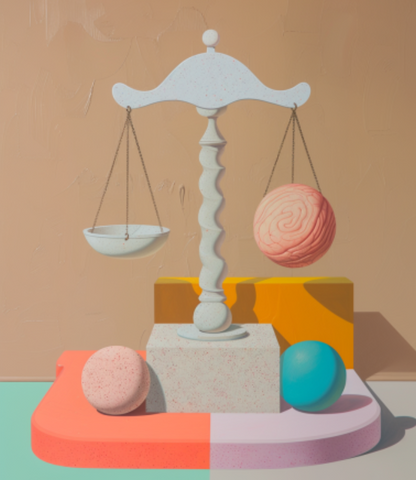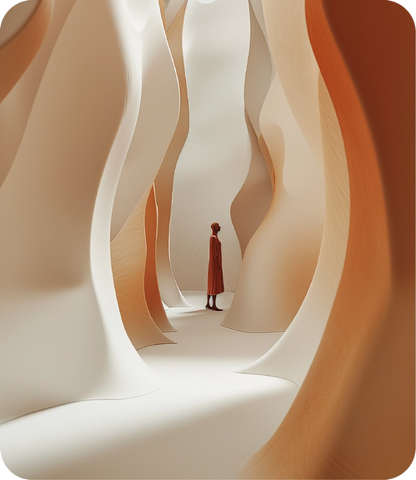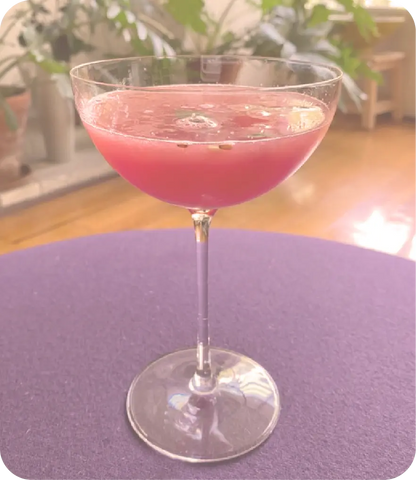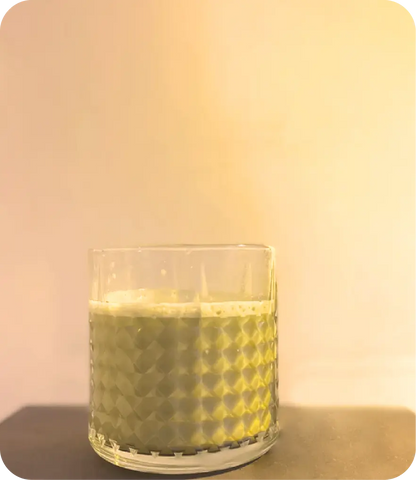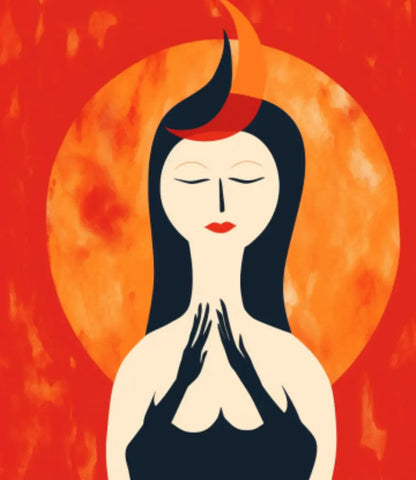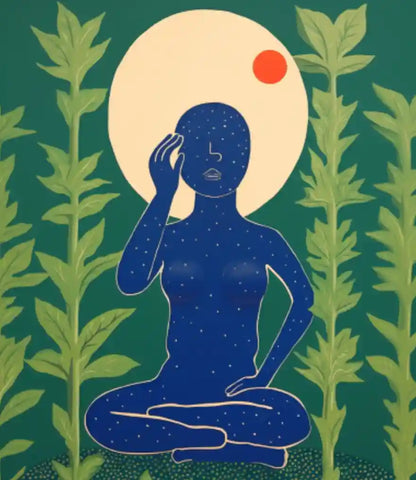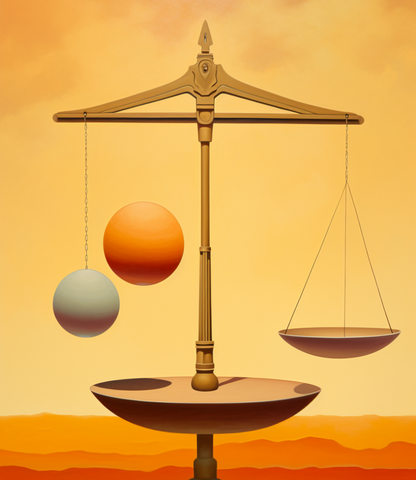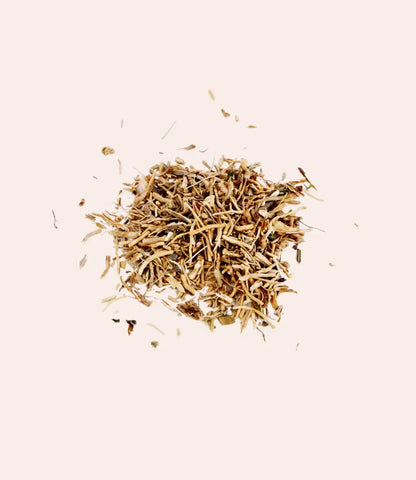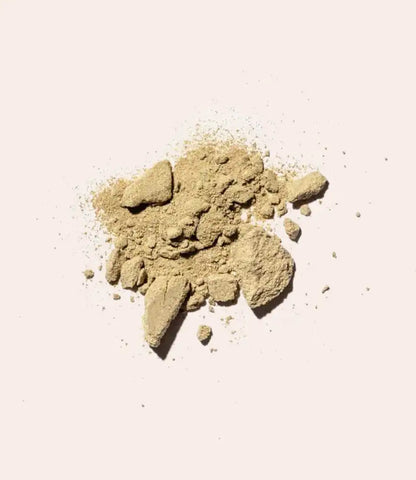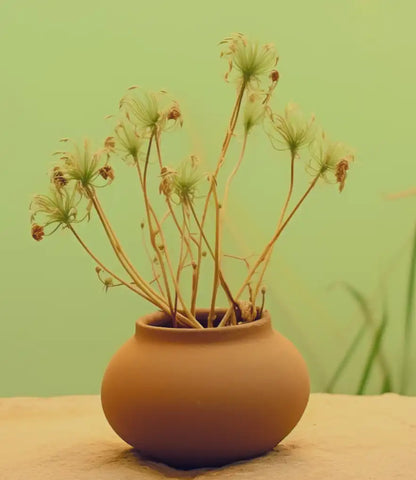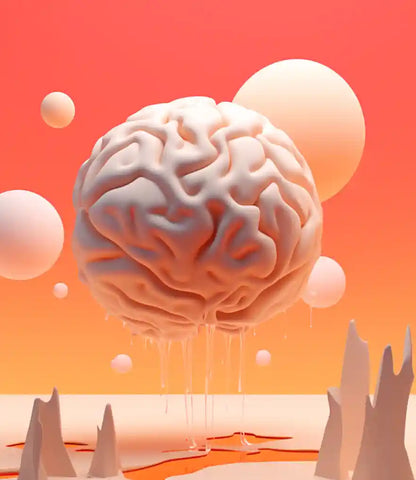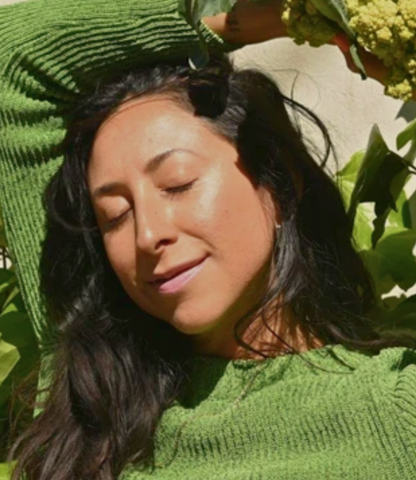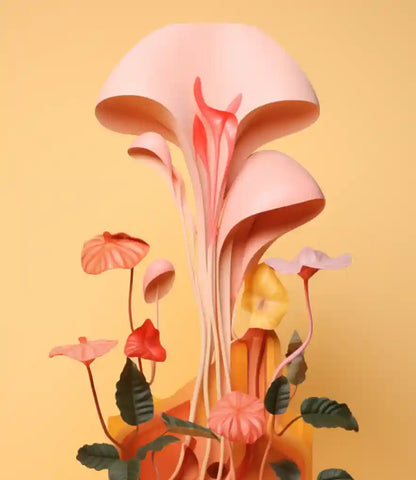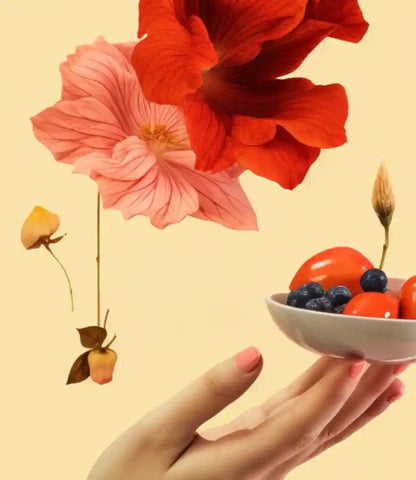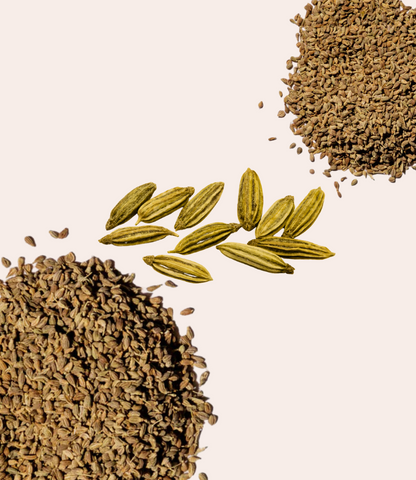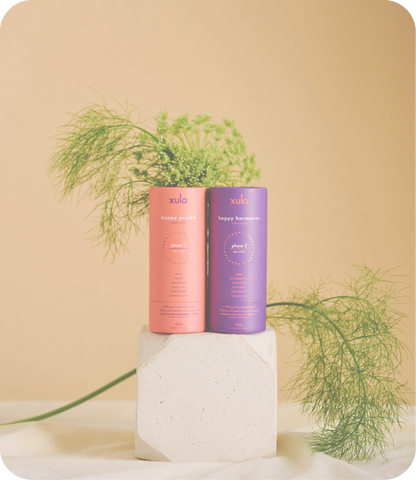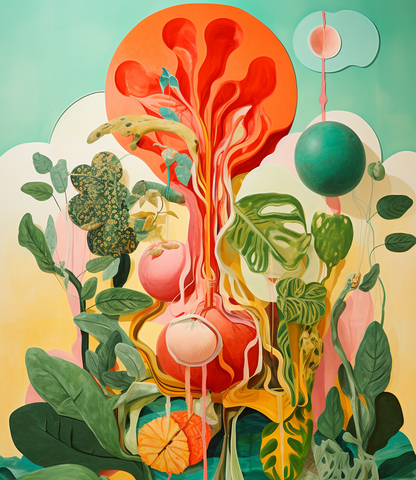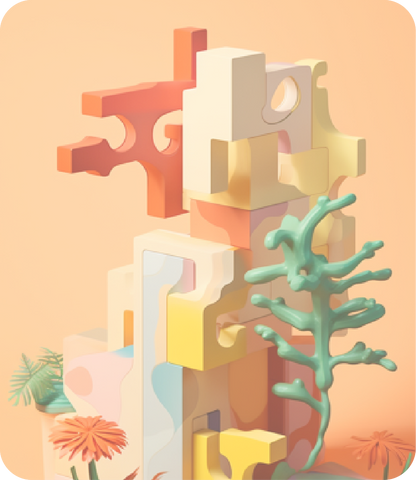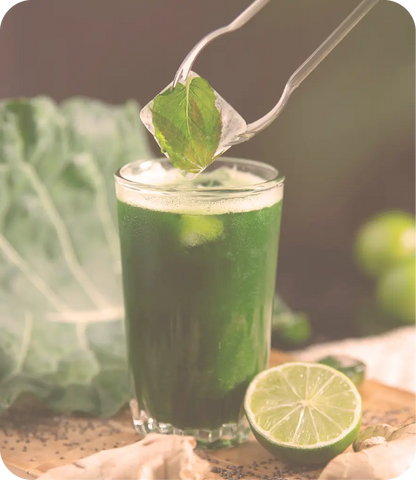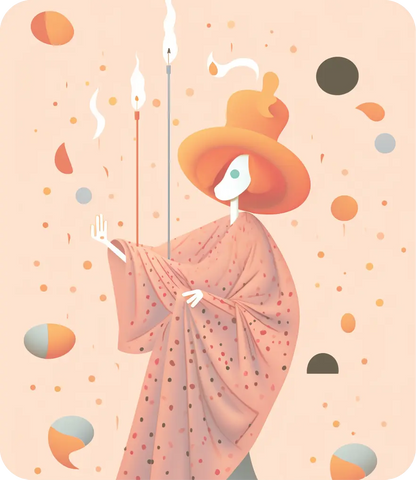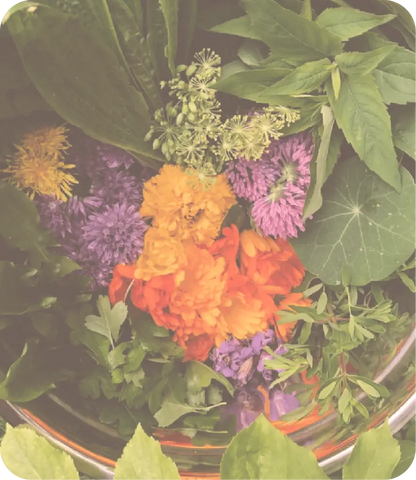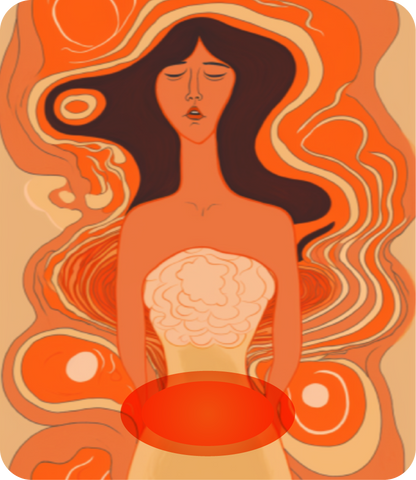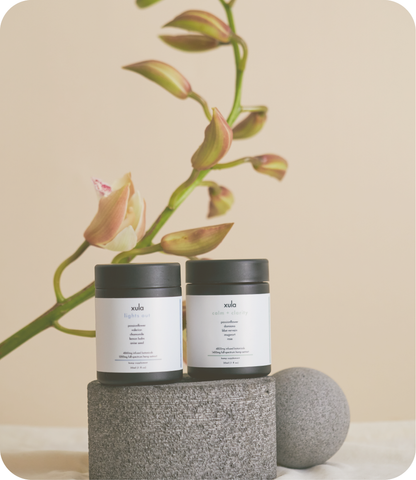
What is Vitalism?
In our last post about our synergistic formulas, we talked about my herbal practice rooted in Vitalism. Today, I want to dive even deeper still: what exactly is Vitalism?
The Roots of Vitalism
Unlike other herbal traditions that might be rooted in a certain culture or school of thought––such as Ayurveda, Traditional Chinese Medicine, or Eclecticism––Vitalism is a syncretic framework. Many traditional medicinal systems, are based on Vitalism. Rather than a particular practice that we do, Vitalism is a lens through which we see the body, wellness, and disease.
As the name suggests, in Vitalism we observe the vital force that animates an individual. We listen to this vital force and never suppress it. At times, this vital force can express itself as certain symptoms of a disease. In such a case, Allopathic or Western medicine may suppress a symptom in order to treat the disease. Vitalism, in contrast, seeks to observe and balance the underlying physiological patterns at the root of these symptomatic expressions.
Supporting Our Bodies
A great example of the Vitalist approach is the way we approach handling fevers. A fever is the body’s natural immune response to help rid itself of a viral infection. It is rare for a fever to actually harm the body, needing to rise above 42°C (108°F) to do so1. In Western medicine, many people and even physicians experience a “fever phobia,” and we’re often taught to keep a fever down2. If someone’s temperature is running high, we might be advised to give them acetaminophen or ibuprofen to break the fever.
However, in Vitalism, we understand that a fever is an intelligent response of the body. Rather than suppressing this response, we support it by offering warming diaphoretic herbs that slightly raise the body’s temperature. By supporting the fever in this way, we are able to help the body rid itself of the virus. We might take the Allopathic approach and treat the symptom by reducing the fever. In this case, we risk driving the disease further into the system, leading to a more serious condition.
The Body Is An Ecosystem
A refrain for a Vitalist Herbalist, quoted from my teacher Sajah Popham, is, “Chronic suppression of acute symptoms leads to chronic disease.” Rather, we understand the body as intelligent and thus follow its natural vitality. When the body is tired at night, we might suggest hypnotic, sleep-inducing herbs. When we notice any symptom arising, we listen to them. After all, symptoms are the way in which the body communicates underlying imbalances.
These root imbalances are often related to the tissues of the body, which are the building blocks of the organ systems. We understand the states of these tissues of the body in terms of energetics: temperature (hot/cold), moisture (dry/wet), and tone (toned/relaxed–like a muscle). This gives way to our understanding of the body as an Ecosystem. In our treatments, we seek to shift the physiology, or ecology, of the tissues.
Allopathic or Vitalist Medicine? Different Approaches
Take, for example, the malady of a urinary tract infection (UTI). In Allopathic medicine, a doctor might prescribe antibiotics to kill the virus, but the underlying tissue state of the urinary system will stay the same. In the Vitalist perspective, we ask: in what way are the tissues imbalanced that allowed the bacteria to thrive in the first place?
One idea is that the “ecosystem” of the urinary tract was too hot, wet, and relaxed – almost like a swamp. We can read these energetics by the symptoms that are displayed: burning sensations, discharge, and a constant need to urinate, which would show the urinary tract lacked enough tone, like a weak muscle, to hold back the urine. In order to treat this hot, wet, and relaxed tissue state, we might suggest an herbal formula that is cooling, drying, and toning. Cranberry, one of the most well-known aids to a UTI, is energetically cooling, drying, and toning. This helps to balance the underlying tissue state of the infected urinary tract.
Strategies for Healing
Rather than a specific “school” of herbalism, Vitalism is a strategy used by several traditional, holistic medicinal systems, such as TCM, Ayurveda, Tibetan Medicine, and the Greek Humoral system, just to name a few. Through Vitalism, we follow the vital force of the body that animates each individual. This allows understanding that symptoms are the language of an intelligent body. We listen to the body in order to hone in on and treat the underlying tissue states of the disease. Above all, a Vitalist strategy is truly holistic, one in which we honor, recognize, and utilize the wholeness of both people and plants.
Lastly, a very important way that Vitalist traditions understand the wholeness of people and plants is through constitutional theory. This is a way of seeing how each organism is a unique blend of particular energetics. Through understanding the energetic architecture of people and plants, we are effectively able to treat people with plants. This is a topic we can take yet another deep-dive into, so stay tuned for the next post to learn about the Vitalist perspective of constitutions!
Sources
- Schmitt Pediatric Guidelines. (2020, March 21). Fever – Myths Versus Facts. Retrieved April 20, 2020, from https://www.seattlechildrens.org/conditions/a-z/fever-myths-versus-facts/
- Al-Eissa YA, Al-Zaben AA, Al-Wakeel AS, Al-Alola SA, Al-Shaalan MA, Al-Amir AA, Al-Shamsan LA. Physician's perceptions of fever in children. Facts and myths. Saudi Med J. 2001 Feb;22(2):124-8. PMID: 11299405.



